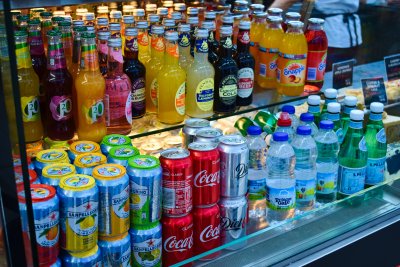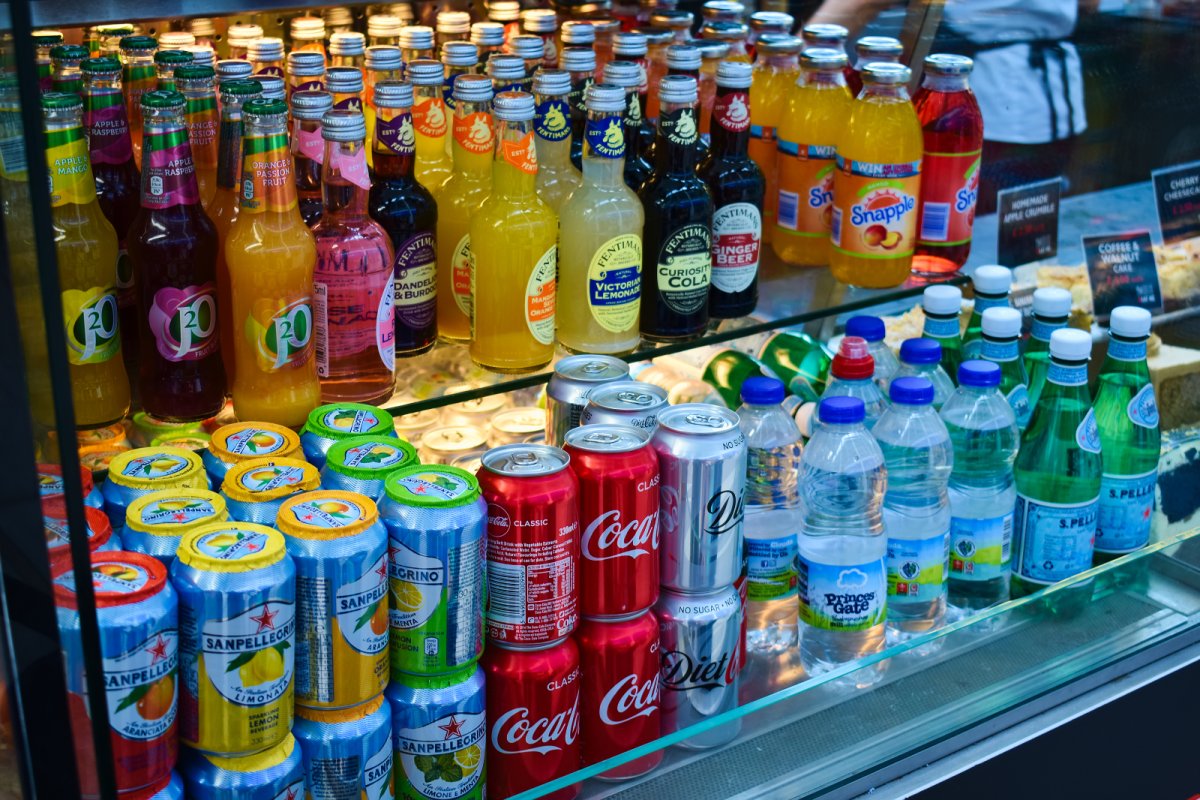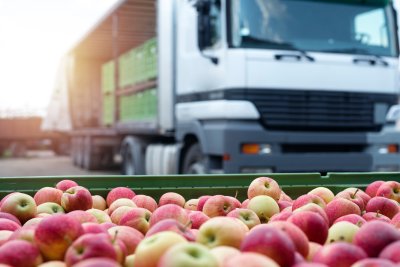 Soft drinks. Credit: David Cardinez / Shutterstock
Soft drinks. Credit: David Cardinez / Shutterstock
Sugary drinks levy linked to healthier outcomes for girls
The introduction of the Soft Drinks Industry Levy may have helped to prevent over 5,000 cases of obesity amongst girls by the time they leave primary school, according to independent academic researchers. Children's Food Campaign responds.
The introduction of the soft drinks industry levy – the ‘sugary drinks tax’ – in England was followed by a drop in the number of cases of obesity among older primary school children, according to Cambridge researchers.
Taking into account current trends in obesity, their estimates suggest that around 5,000 cases of obesity per year may have been prevented in year six girls alone.
The study, published in PLOS Medicine, looked at the impact of the levy on reception age children and those in year six, but found no significant association between the levy and obesity levels in year six boys or in younger children from reception class.
Children's Food Campaign Co-ordinator Barbara Crowther said:
"The Soft Drinks Industry Levy has been incredibly effective in getting food companies to remove sugar from soft drinks. It's great to see yet more evidence that this flagship policy in the Government's obesity strategy could also be delivering healthier outcomes for girls by the time they leave primary school than we would have seen otherwise.
However, there are still mountains of sugar lurking in many other products consumed every day by children from a young age, and this single measure is simply not enough. Government should seriously now consider extending similar financial incentives to produce healthier food and drink across a whole range of other items. This would make it easier and more affordable for people of all incomes to eat healthier. It would also be a smart way of raising revenues to fund children's health initiatives, just as the Soft Drinks Industry Levy enabled funding of school breakfasts, holiday clubs and primary PE equipment."
Katharine Jenner, Director of the Obesity Health Alliance said:
Government should be heartened that their soft drinks policy is already improving the health of young girls, regardless of where they live. The Government should learn from this success, especially when compared to the many unsuccessful attempts to persuade industry to change their products voluntarily. They must now press ahead with policies that make it easier for everyone to eat a healthier diet, including extending the soft drinks industry levy to include other less healthy foods and drinks and measures to take junk food out of the spotlight.
The research notes that numerous studies have found that boys are often exposed to more food advertising content than girls, negating the impact of the soft drinks levy, we need restriction on junk food marketing now, to put healthy food back in the spotlight.
Researchers from the Medical Research Council (MRC) Epidemiology Unit at the University of Cambridge tracked changes in the levels of obesity in children in England in reception year and year six between 2014 and 2020. Taking account of previous trends in obesity levels, they compared changes in levels of obesity 19 months after the sugar tax came into effect.
The team found that the introduction of the sugar tax was associated with an 8% relative reduction* in obesity levels in year six girls, equivalent to preventing 5,234 cases of obesity per year in this group alone. Reductions were greatest in girls whose schools were in deprived areas, where children are known to consume the largest amount of sugary drinks – those living in the most deprived areas saw a 9% reduction.
Although the researchers found an association rather than a causal link, this study adds to previous findings that the levy was associated with a substantial reduction in the amount of sugar in soft drinks.
Dr Nina Rogers from the MRC Epidemiology Unit at Cambridge, the study’s first author, said:
“We urgently need to find ways to tackle the increasing numbers of children living with obesity, otherwise we risk our children growing up to face significant health problems. That was one reason why the UK’s soft drinks industry levy was introduced, and the evidence so far is promising. We’ve shown for the first time that it is likely to have helped prevent thousands of children each year becoming obese.
“It isn’t a straightforward picture, though, as it was mainly older girls who benefited. But the fact that we saw the biggest difference among girls from areas of high deprivation is important and is a step towards reducing the health inequalities they face.”
There are several reasons why the sugary drinks levy did not lead to changes in levels of obesity among the younger children, they say. Very young children consume fewer sugar-sweetened drinks than older children, so the soft drinks levy would have had a smaller effect. Similarly, fruit juices are not included in the levy, but contribute similar amounts of sugar in young children’s diets as sugar-sweetened beverages.
It’s unclear why the SDIL might affect obesity prevalence in girls and boys differently, however, especially since boys are higher consumers of sugar-sweetened beverages. One explanation the researchers put forward is the possible impact of advertising – numerous studies have found that boys are often exposed to more food advertising content than girls, both through higher levels of TV viewing and in how adverts are framed. Physical activity is often used to promote junk food and boys, compared to girls, have been shown to be more likely to believe that energy dense junk foods depicted in adverts will boost physical performance and so are more likely to choose energy-dense, nutrient-poor products following celebrity endorsements.
Senior author Professor Jean Adams from the MRC Epidemiology Unit said:
“We know that consuming too many sugary drinks contributes to obesity and that the UK soft drinks levy led to a drop in the amount of sugar in soft drinks available in the UK, so it makes sense that we also see a drop in cases of obesity, although we only found this in girls. Children from more deprived backgrounds tend to consume the largest amount of sugary drinks, and it was among girls in this group that we saw the biggest change.”
About the study:
The study was a collaboration involving researchers from the University of Cambridge, London School of Hygiene and Tropical Medicine, University of Oxford, Great Ormond Street Institute of Child Health and University of Bath. It was supported by the National Institute of Health and Care Research (NIHR) and the Medical Research Council.
*A relative reduction is the difference between the expected incidence of obesity had the sugar tax not been introduced and the actual incidence.
Rogers, NT et al. Associations between trajectories of obesity prevalence in English primary school children and the UK soft drink industry levy: an interrupted time series analysis of surveillance data. PLOS Med; 26 Jan 2023; DOI: 10.1371/journal.pmed.1004160
http://journals.plos.org/plosmedicine/article?id=10.1371/journal.pmed.1004160
Children's Food Campaign: Campaigning for policy changes so that all children can easily eat sustainable and healthy food.
Sustain
The Green House
244-254 Cambridge Heath Road
London E2 9DA
020 3559 6777
sustain@sustainweb.org
Sustain advocates food and agriculture policies and practices that enhance the health and welfare of people and animals, improve the working and living environment, promote equity and enrich society and culture.
© Sustain 2025
Registered charity (no. 1018643)
Data privacy & cookies
Icons by Icons8







